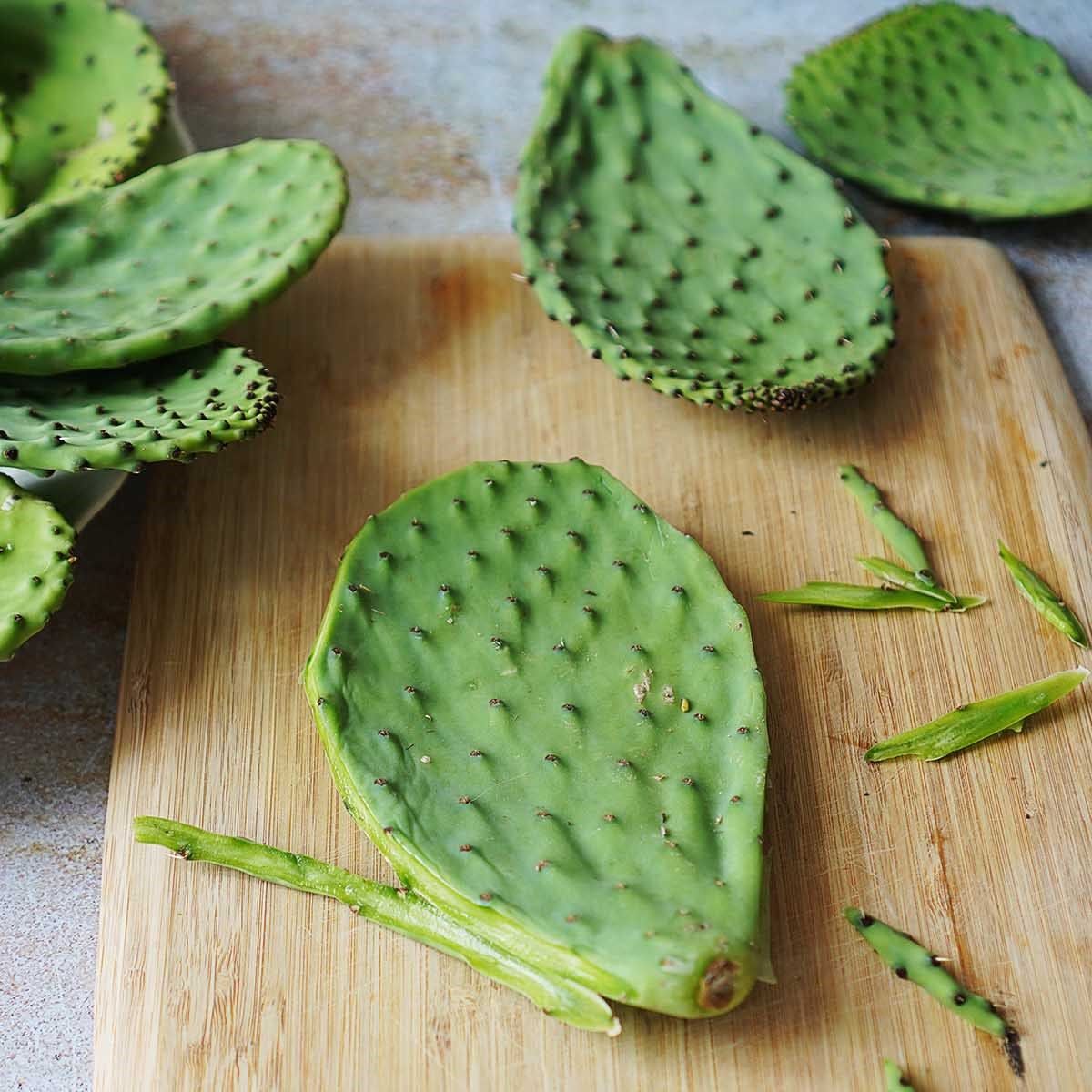

Articles
How To Store Nopales
Modified: January 19, 2024
Learn effective methods and tips for storing nopales in this comprehensive collection of articles. Discover the best techniques to preserve nopales' freshness and extend their shelf life.
(Many of the links in this article redirect to a specific reviewed product. Your purchase of these products through affiliate links helps to generate commission for Storables.com, at no extra cost. Learn more)
Introduction
Welcome to the world of nopales! Nopales, also known as cactus paddles or prickly pear cactus, are a popular ingredient in Mexican and Southwestern cuisine. These tender green pads are not only delicious but also offer a variety of health benefits. Whether you have freshly harvested nopales or purchased them from a store, proper storage is crucial to maintain their freshness and quality.
In this article, we will guide you through the process of storing nopales, from choosing the freshest ones to different methods of preservation. Whether you plan to store whole nopales or just the pads, we have got you covered. So let’s dive in and learn how to store nopales to ensure their optimal flavor and texture!
Key Takeaways:
- Properly storing nopales is essential for maintaining their freshness and quality. From choosing the freshest nopales to different storage methods like freezing and drying, this article provides comprehensive guidance for preserving this versatile ingredient.
- Whether you’re storing whole nopales or just the pads, following proper cleaning techniques and utilizing methods like blanching and freezing can help extend the shelf life of nopales while preserving their flavor and texture for future culinary creations.
Read more: How To Store Basil From Store
Choosing Fresh Nopales
When it comes to storing nopales, selecting fresh ones is the first step towards ensuring the best quality and taste. Here are some tips to help you choose the freshest nopales:
- Appearance: Look for nopales that are bright green in color. Avoid ones that have a dull or yellowish hue, as it indicates that they are not fresh.
- Texture: Gently press the nopales with your fingers. They should feel firm and plump. Avoid nopales that are soft or mushy, as it is a sign of spoilage.
- Spines: Check for soft and flexible spines on the nopales. Avoid ones with hard and prickly spines, as they can make it difficult to handle and clean the cactus paddles.
- Size: Choose nopales that are moderate in size, about 6 to 8 inches long and 4 to 6 inches wide. They should be thick enough to provide a good amount of flesh for cooking.
You can find nopales at local farmers’ markets or grocery stores that specialize in Mexican or Southwestern cuisine. Alternatively, you can also consider harvesting them yourself if you have access to a prickly pear cactus plant.
By selecting fresh nopales, you are setting yourself up for success in terms of flavor and texture. The next step is to properly clean and prepare the nopales for storage, which we will discuss in the next section.
Cleaning Nopales
Properly cleaning nopales is essential to remove any dirt, spines, or impurities before storing them. Follow these steps to ensure your nopales are clean and ready for storage:
- Handling with Care: Use tongs or gloves to handle the nopales, as they can contain small, hidden spines that can prick your skin.
- Removing Spines: Start by using a sharp knife to remove any large, visible spines on the nopales. Be cautious and work slowly to avoid cutting yourself.
- Scraping the Surface: Next, use a vegetable peeler or a paring knife to carefully scrape away the tiny spines and bumps on the surface of the nopales. This step is crucial to ensure a smooth texture and prevent any unpleasant spiky sensations while eating.
- Rinsing: Rinse the cleaned nopales thoroughly under running water to remove any remaining dirt or debris. Pay extra attention to the nooks and crannies of the cactus paddles.
- Drying: Pat the cleaned nopales dry with a clean kitchen towel or paper towels. Make sure to remove any excess moisture, as it can lead to spoilage during storage.
Once you have cleaned the nopales, you can proceed to store them using different methods, depending on whether you are storing the whole nopales or just the pads. The next sections will guide you through each method step-by-step.
Storing Whole Nopales
If you have harvested or purchased whole nopales, it’s important to store them properly to maintain their freshness. Follow these steps to store whole nopales:
- Wrap in Paper Towels: Take a clean kitchen towel or paper towels and wrap each individual nopal tightly. This helps absorb any excess moisture and prevents them from drying out.
- Place in a Perforated Bag: Once wrapped, place the wrapped nopales in a perforated plastic bag. The perforations allow for proper air circulation, preventing the nopales from getting too humid or getting spoiled.
- Store in the Refrigerator: Place the bag of wrapped nopales in the vegetable drawer of your refrigerator. The cool temperature will help keep the nopales fresh for up to one week.
When you’re ready to use the stored nopales, simply unwrap them from the paper towels and proceed with your desired recipe. Remember to discard any nopales that show signs of spoilage, such as a slimy texture or an unpleasant odor.
Storing whole nopales ensures that you have versatile ingredients on hand for various recipes. However, if you prefer to store just the nopales pads (also known as paddles or nopales segments), the next section will guide you through the process.
After cleaning and cutting nopales, store them in an airtight container in the refrigerator for up to one week. To extend their shelf life, you can also blanch and freeze them for up to six months.
Storing Nopales Pads
If you only need to store the nopales pads or segments, follow these steps for optimal storage:
- Cut and Clean: Start by cutting the nopales pads into smaller segments or slices, as per your preference. Make sure to follow proper cleaning techniques, such as removing spines and scraping the surface, as mentioned earlier.
- Blanching: Blanching is a crucial step to preserve the color, texture, and flavor of the nopales pads. Bring a pot of water to a boil and cook the nopales in the boiling water for about 3-5 minutes. This will help remove any residual sap and enzymes that can lead to spoilage.
- Cooling and Drying: After blanching, immediately transfer the nopales pads to an ice bath to stop the cooking process. Once cooled, pat them dry with a clean kitchen towel or paper towels.
- Packaging: Place the cooled and dried nopales pads in an airtight container or freezer-safe bags. Make sure to remove any excess air from the packaging to prevent freezer burn.
- Freezing: Place the container or bags in the freezer and freeze the nopales pads. They can be stored in the freezer for up to six months.
When you’re ready to use the frozen nopales pads, simply defrost them in the refrigerator overnight or thaw them in a microwave on a low setting. Use them in your favorite recipes, such as salads, stews, or sautés.
In addition to freezing, you can also consider drying nopales for longer-term storage, which we will explore in the next section.
Read more: How To Store Store-Bought Bread
Freezing Nopales
Freezing is an excellent method to extend the shelf life of nopales and preserve their flavor and texture. Follow these steps to freeze nopales:
- Cut and Clean: Begin by cutting the nopales into smaller pieces or slices, as per your preference. Remember to remove the spines and scrape the surface of the nopales.
- Blanching: Blanching the nopales before freezing helps maintain their color and texture. Bring a pot of water to a boil and cook the nopales in boiling water for about 3-5 minutes. Then, transfer them to an ice bath to quickly cool them down.
- Drain and Dry: Once cooled, drain the blanched nopales and pat them dry with a clean kitchen towel or paper towels. Removing excess moisture helps prevent freezer burn and maintains the quality of the nopales.
- Packaging: Place the drained and dried nopales in freezer-safe bags or airtight containers. Ensure that there is minimal air trapped inside the packaging, as air exposure can lead to freezer burn.
- Label and Date: Don’t forget to label the packaging with the contents and date of freezing. This will help you keep track of the nopales’ freshness and facilitate organization in your freezer.
- Freezing: Place the packaged nopales in the freezer and allow them to freeze completely. They can be kept in the freezer for up to six months.
When you’re ready to use the frozen nopales, simply take out the desired amount and thaw them in the refrigerator overnight or use them directly in cooked dishes without thawing. Frozen nopales work well in soups, stews, stir-fries, and other cooked recipes.
While freezing nopales is a convenient storage method, you may also consider drying them for longer-term storage, as we will explore in the next section.
Drying Nopales
Drying nopales is an alternative method of preservation that allows you to enjoy them for an extended period. Here’s how you can dry nopales:
- Cut and Clean: Start by cutting the nopales pads into manageable pieces or strips. Ensure that you have removed any spines and scraped the surface of the nopales.
- Preparation: Lay the cut nopales on a clean, dry surface, such as a baking sheet or a wire rack. Ensure that there is enough space between the nopales to promote air circulation.
- Drying Method: There are a few different methods you can use to dry nopales:
- Air Drying: If you live in a dry climate with plenty of sunlight, you can air dry the nopales by leaving them exposed in a well-ventilated area. This process can take anywhere from a few days to a week, depending on the climate conditions.
- Oven Drying: If you don’t have access to abundant sunlight, you can use an oven to dry the nopales. Preheat your oven to the lowest temperature (usually around 140°F or 60°C) and place the nopales on a baking sheet. Keep the oven door slightly ajar to facilitate air circulation. Check the nopales regularly and remove them once they are completely dried, which can take several hours.
- Storage: Once the nopales are completely dried, allow them to cool down before storing them. Store the dried nopales in airtight containers or resealable bags in a cool, dry place. They can last for several months to a year if stored properly.
- Rehydrating: When you’re ready to use the dried nopales, soak them in warm water for about 15-30 minutes until they become pliable. Drain them and use them in recipes calling for rehydrated nopales.
Dried nopales can be used in a variety of dishes, including stews, soups, and stir-fries. They add a unique flavor and texture to your culinary creations and can be a convenient pantry staple.
Now that you know how to store nopales using various methods, here are some quick tips to ensure optimal storage and freshness.
Quick Tips for Nopales Storage
Here are some quick tips to keep in mind when storing nopales:
- Inspect Regularly: Check your stored nopales regularly for any signs of spoilage, such as mold, sliminess, or a foul odor. Discard any nopales that show these signs.
- Keep Moisture in Check: Excess moisture can lead to spoilage, so make sure to thoroughly dry the nopales before storing them. Additionally, avoid storing nopales in wet or damp environments.
- Use Quality Containers: Opt for airtight containers or freezer-safe bags to store nopales. This helps prevent air exposure and freezer burn.
- Label and Date: Properly label your stored nopales with the contents and date of storage. This makes it easier to keep track of their freshness and maintain an organized storage system.
- Store in Appropriate Conditions: Nopales are best stored in the refrigerator or freezer for longer-term preservation. Keep them away from strong-smelling foods to prevent cross-contamination.
- Maintain Proper Temperature: The refrigerator should be set at temperatures below 40°F (4°C) to keep the nopales fresh. If freezing, maintain the freezer temperature at or below 0°F (-18°C).
- Use Frozen Nopales Within Six Months: While frozen nopales can be stored for up to six months, it’s best to use them within this timeframe for optimal flavor and texture.
- Consider Vacuum Sealing: If you have access to a vacuum sealer, it can help prolong the freshness and quality of stored nopales by removing air from the packaging.
- Experiment with Different Preservation Methods: Don’t be afraid to try different methods of preservation, such as freezing or drying, to find the one that suits your taste and cooking preferences.
By following these quick tips, you can ensure that your stored nopales remain fresh, flavorful, and ready to be used in your favorite dishes whenever you need them.
Now that you’re equipped with the knowledge of how to store nopales, you can fully enjoy this versatile ingredient in your cooking. So go ahead and explore the culinary possibilities that nopales have to offer!
Frequently Asked Questions about How To Store Nopales
Was this page helpful?
At Storables.com, we guarantee accurate and reliable information. Our content, validated by Expert Board Contributors, is crafted following stringent Editorial Policies. We're committed to providing you with well-researched, expert-backed insights for all your informational needs.

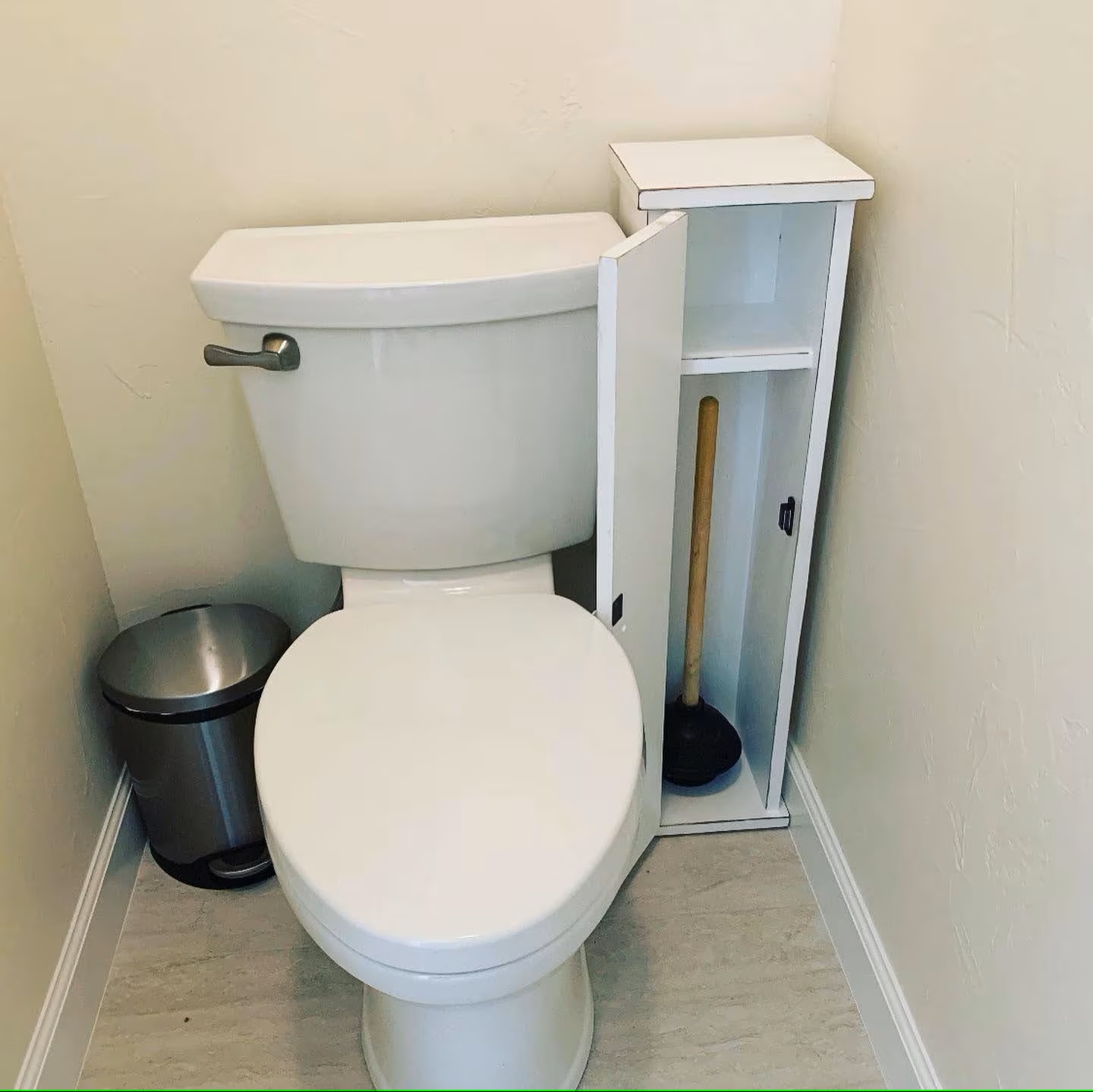
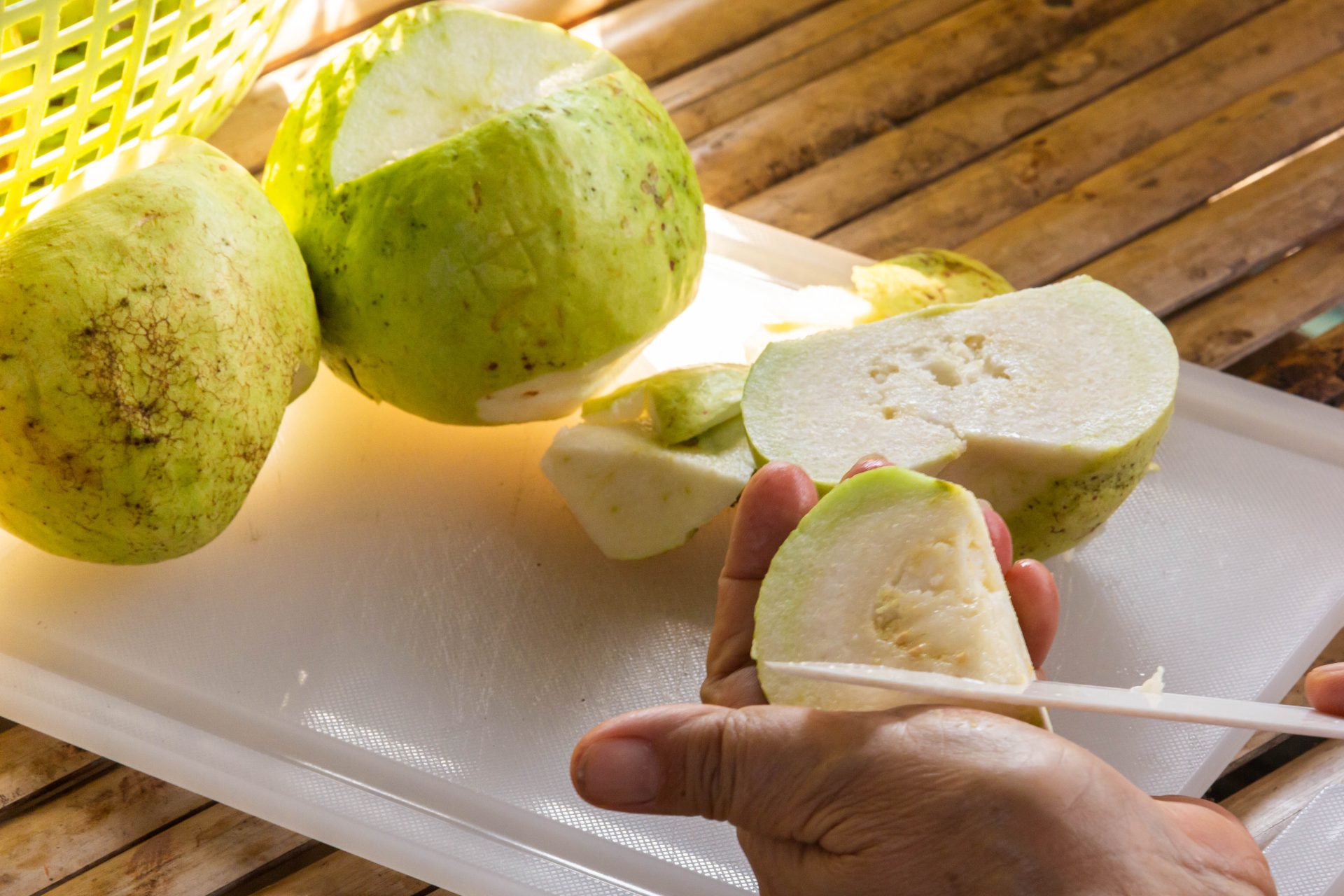


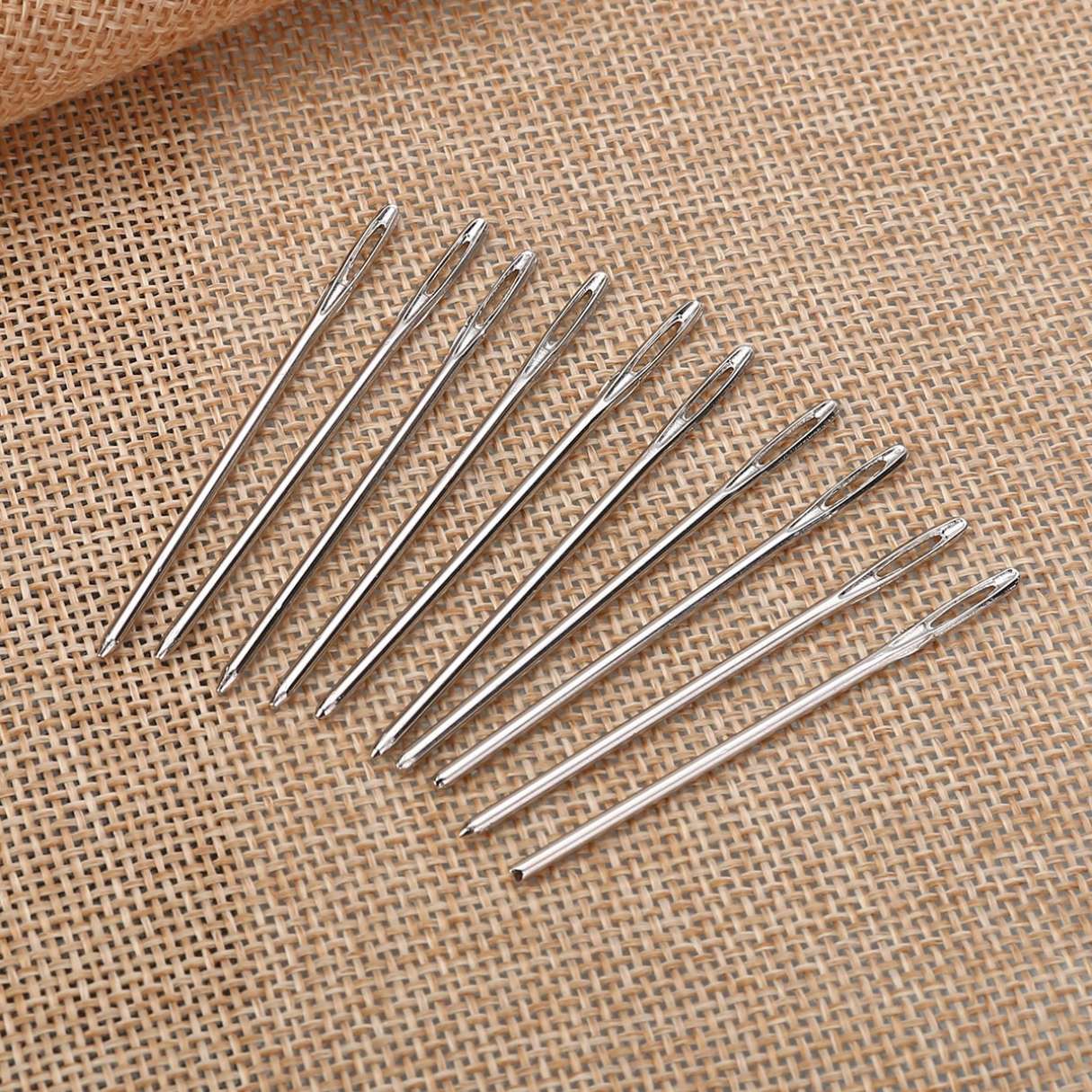
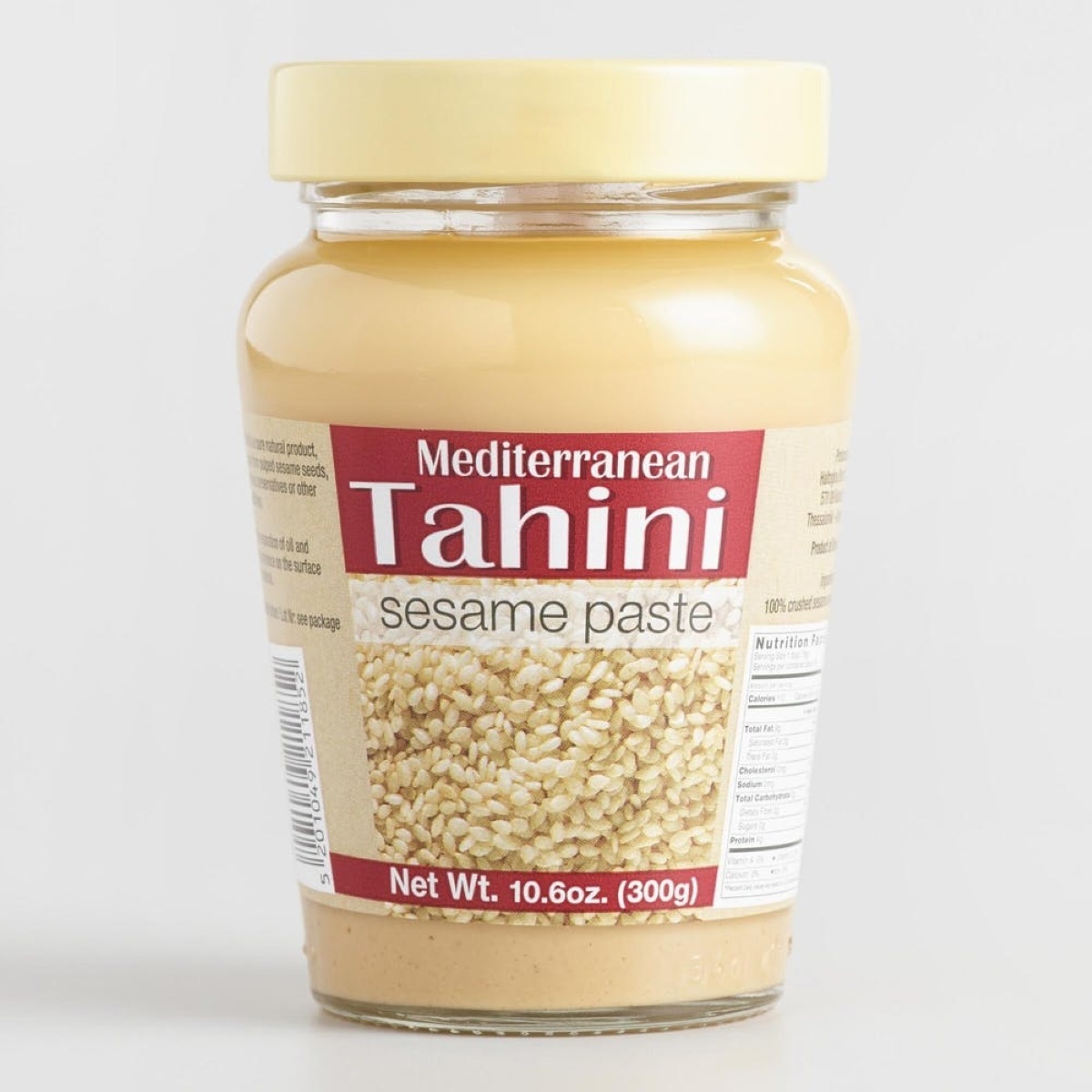
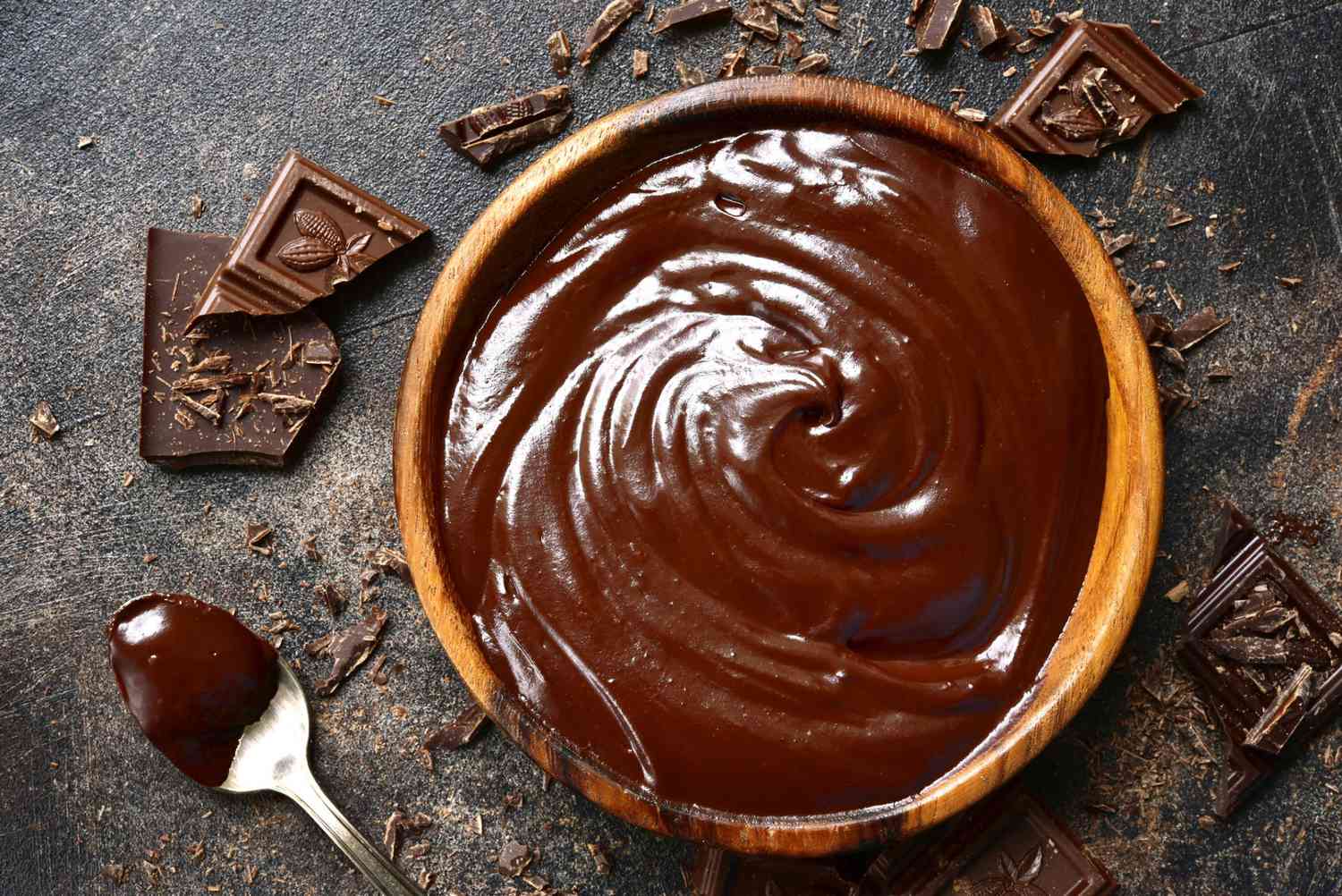

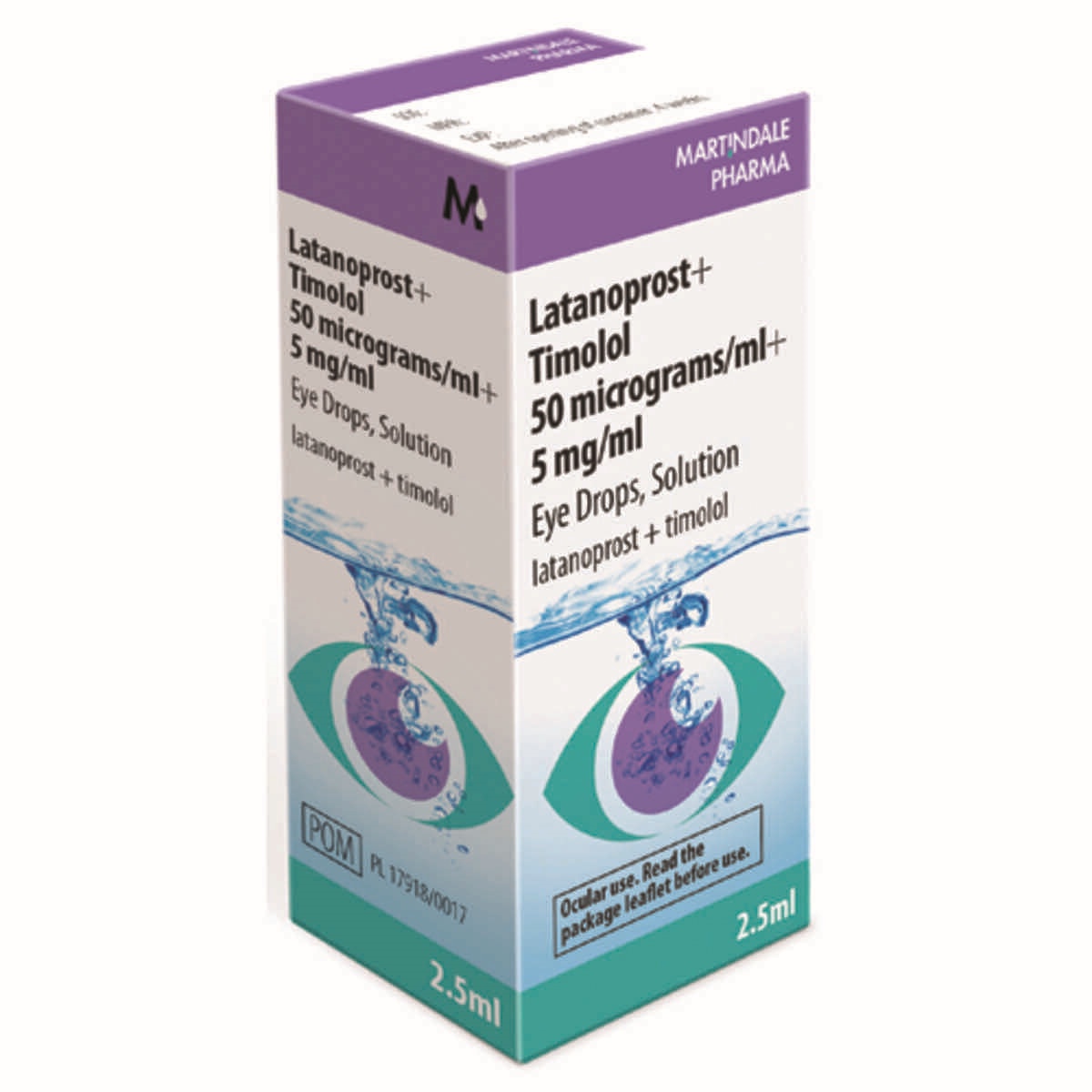
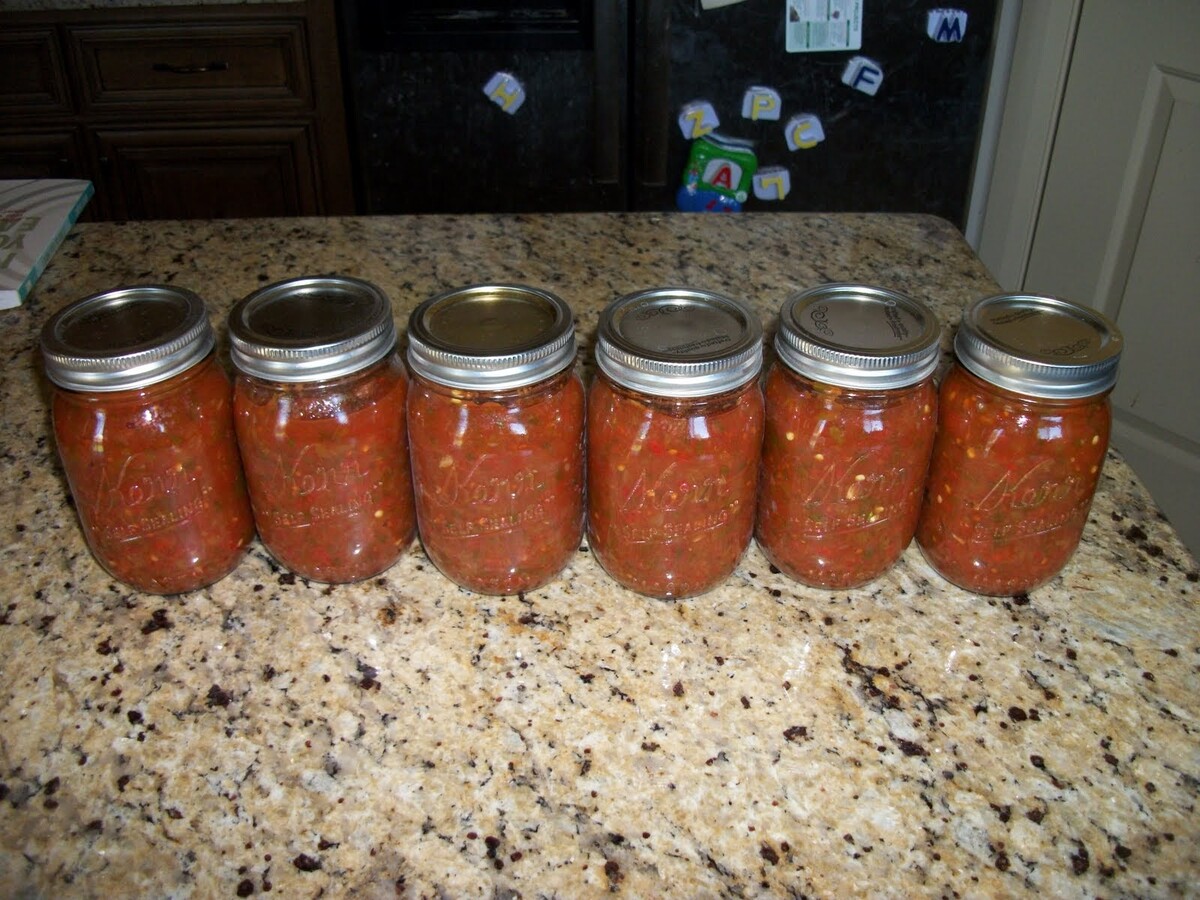
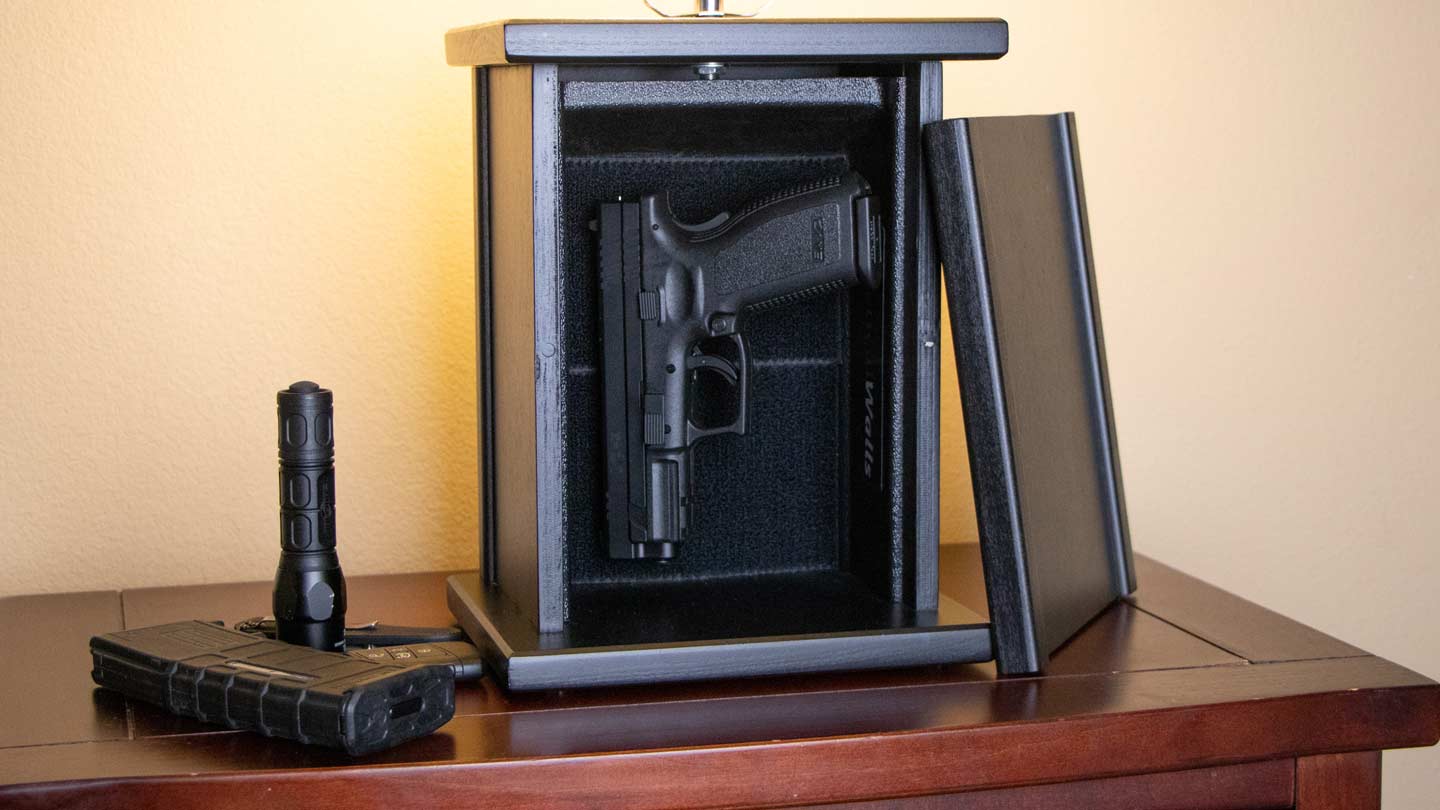



0 thoughts on “How To Store Nopales”